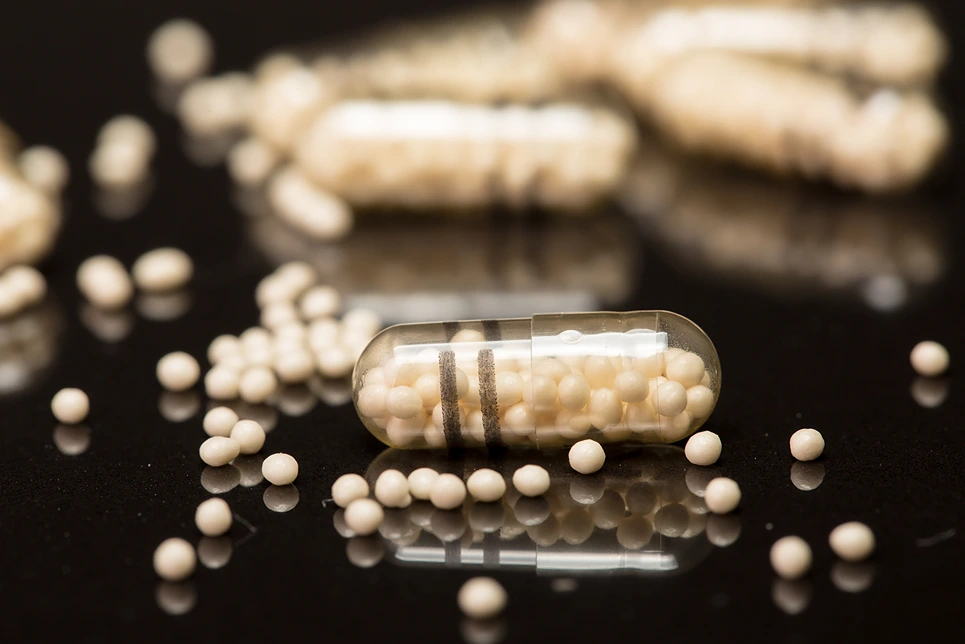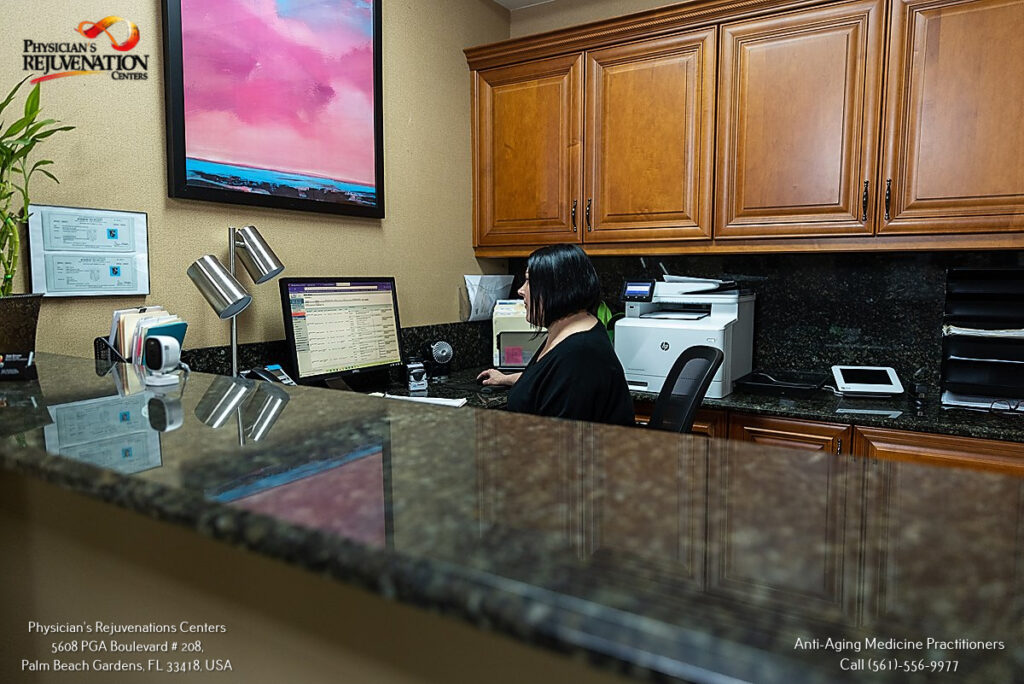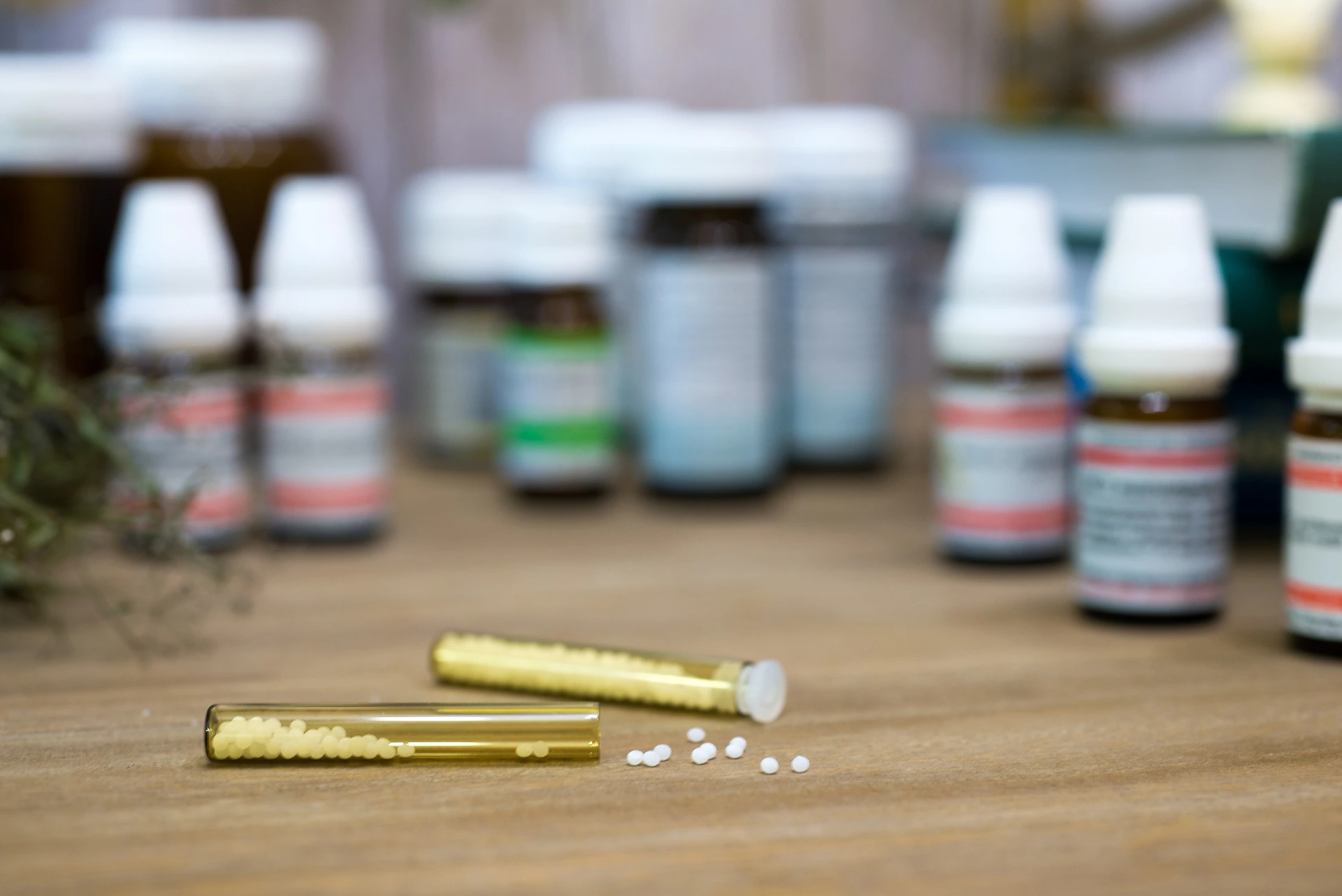Testosterone is an essential hormone for men’s health. It plays a vital role in muscle mass, bone density, sex drive, energy levels, and more.
However, testosterone levels naturally decline with age, sometimes leading to symptoms that impact quality of life. Testosterone replacement therapy can help restore testosterone to normal levels and alleviate low testosterone symptoms.
One increasingly popular form of testosterone replacement therapy is testosterone pellet implants.
What is Testosterone Pellet Therapy?

Testosterone pellet therapy involves the subcutaneous insertion of small pellets containing bioidentical testosterone into the fat tissues under the skin.
The pellets, which are about the size of a grain of rice, provide a long-lasting, steady release of testosterone over a period of 3-6 months.
This eliminates the need for frequent testosterone injections, gels, or other methods that require daily or weekly administration. The effects and duration can vary based on the dosage and individual factors.
Testosterone pellet therapy can effectively treat clinically diagnosed low testosterone (hypogonadism) and help relieve associated symptoms when administered under medical supervision.
It may also be used as part of masculinizing hormone therapy for transgender men.
Who Is A Good Candidate For Testosterone Pellets?
Testosterone pellet therapy may be a good option for men who:
- Have been diagnosed with low testosterone based on symptoms and bloodwork.
- Wish to raise testosterone levels back to a normal range.
- Hope to alleviate symptoms associated with low testosterone such as low libido, erectile dysfunction, loss of muscle mass, fatigue, depression, irritability, and more.
- Prefer a low maintenance long-acting testosterone replacement method versus daily gels, injections, or patches.
- Have tried other testosterone replacement options but experienced inadequate results or side effects.
- Want steady testosterone levels versus peaks and valleys with some other methods.
Men considering testosterone pellet therapy should first have their testosterone levels tested to confirm clinically low levels along with an evaluation of their overall health status and risks.
Who Should Avoid or Use Caution With Testosterone Pellets?
Testosterone pellet therapy may not be appropriate for certain individuals. Use caution or avoid testosterone pellets if you:
- Have prostate cancer.
- Have untreated severe sleep apnea.
- Have urinary symptoms associated with prostate enlargement.
- Have a high red blood cell count or risk of blood clots.
- Have severe heart failure.
- Are seeking testosterone therapy without clear symptoms of low testosterone or medically confirmed hormone deficiency.
Careful monitoring, evaluation of risks versus benefits, and adjustment of dosage is necessary in some cases where testosterone therapy may still be cautiously considered under a doctor’s supervision.
What Are the Benefits of Testosterone Pellet Therapy?
Some of the benefits provided by testosterone pellet therapy include:
- Convenience: Implants last for several months, eliminating the need for frequent injections or daily gels/patches.
- Consistency: Pellets release testosterone continuously, providing stable levels compared to the peaks and dips with other methods.
- Improved Symptoms: Relieves symptoms associated with low testosterone.
- Quality of Life: Enhances overall wellbeing including energy, mood, sexual function, mental clarity, motivation and vitality.
- Muscle Gain: Supports increased muscle mass and strength when combined with proper exercise.
- Fat Loss: Testosterone assists in burning fat, particularly abdominal fat.
- Bone Health: Testosterone pellets help strengthen bones and reduce risk of osteoporosis.
- Heart Health: Studies show testosterone therapy can improve cholesterol values and decrease cardiovascular risks when properly administered.
The benefits are especially noticeable when testosterone pellets restore levels back to a normal range after clinically diagnosed low testosterone.
What Are the Potential Side Effects and Risks?

While generally safe when administered properly under medical supervision, potential side effects can include:
- Irritation, discomfort, swelling, bruising or infection at the insertion site.
- Extrusion of pellets later on in rare cases.
- Swings in testosterone levels later in the treatment period as the pellets’ effects taper.
- Increased red blood cell production if testosterone levels rise excessively high.
- Worsening of sleep apnea symptoms in susceptible individuals.
- Potential stimulation of prostate cancer growth if high risk (screening should occur before starting therapy)
- Gynecomastia (breast enlargement) and fluid retention in some cases but less likely than with testosterone patches or gels.
Careful dosing and ongoing medical monitoring helps minimize risks. Report any concerning symptoms to your doctor promptly.
Process for Obtaining Testosterone Pellets
Obtaining testosterone pellets involves several steps, designed to ensure this treatment is appropriate and tailored to your needs:
Initial Consultation and Blood Testing
The process begins with blood tests to measure your testosterone levels, alongside other hormones and health markers. This initial assessment confirms the need for testosterone replacement therapy.
Physical Examination and Health Evaluation
A comprehensive exam and review of your symptoms, medical history, and overall health status help determine your suitability for testosterone pellet therapy.
Discussion of Treatment Options
You and your doctor will discuss the advantages and potential side effects of testosterone pellet therapy, comparing it to other available testosterone replacement methods.
Informed Consent
Before proceeding, you’ll be informed about the procedure’s precautions, possible side effects, and risks. You’ll need to sign consent forms, indicating that you understand and agree to the treatment.
Implantation Procedure
The testosterone pellets are implanted through a quick, in-office procedure, following the steps outlined above.
Monitoring and Follow-up
After implantation, your testosterone levels will be periodically re-evaluated through blood tests. This monitoring helps assess your body’s response to the therapy and any side effects, ensuring optimal treatment outcomes.
Ongoing Evaluation
Regular follow-ups are scheduled to track your progress and decide the timing for subsequent pellet implantations, maintaining effective testosterone levels.
Testosterone Pellet Implantation Procedure

The implantation of testosterone pellets is a straightforward and relatively quick process. Here’s a step-by-step overview:
Preparation
The doctor prepares the implantation site, often located on the hips or buttocks, by thoroughly cleaning and sterilizing the area to minimize infection risk.
Anesthesia
A local anesthetic is injected to numb the site, ensuring the procedure is comfortable and pain-free.
Incision and Implantation
A small incision is made in the skin. Then, using a specialized tool called a cannula, the testosterone pellets are carefully implanted under the skin, into the subcutaneous fat layer.
Closure
The incision is sealed, either with a small stitch or bandage, to promote healing and prevent infection.
Aftercare
Post-procedure, some patients might experience mild bruising, swelling, or soreness at the implantation site. These symptoms are typically temporary and resolve on their own.
It’s important to avoid disturbing the site—no touching, bumping, or applying pressure—until fully healed. Follow your doctor’s aftercare instructions closely for the best outcome.
What Is the Cost of Testosterone Pellet Therapy?
The cost for testosterone pellet therapy may range between $350 to $750 for the implantation procedure plus additional fees for the initial and follow up consultations, blood tests and lab work.
The total costs per year can range between $2000 to $4000 on average but varies considerably based on your insurance coverage, deductibles and type of provider.
Many insurance plans do not cover testosterone pellet therapy, especially if for age-related low testosterone rather than a diagnosed medical condition.
Some expenses may be reimbursable through a Health Savings Account (HSA) or Flexible Spending Account (FSA) depending on the plan.
Ask your doctor and insurance provider to find out what is covered in your specific case.
Finding a Testosterone Pellet Therapy Provider
It’s vital to locate a qualified, experienced medical practitioner for testosterone pellet therapy. Here are some tips for finding a high quality provider:
- Search for doctors specializing in hormone therapy or anti-aging medicine.
- Look for clinicians who are board-certified in urology, endocrinology, or other relevant fields.
- Verify the provider has specialized training and expertise in testosterone pellet implantation.
- Read reviews and ask about their complication rates and how many procedures they have performed.
- Meet for an initial consultation to discuss your candidacy and address any questions or concerns.
- Confirm they offer adequate follow up care and blood test monitoring.
Opting for an expert provider minimizes risks and helps ensure successful outcomes. Be wary of any clinics promoting testosterone pellets without proper medical oversight.
Conclusion

For men suffering from symptoms of clinically low testosterone, testosterone pellet therapy offers a convenient, long-lasting way to restore testosterone levels back to a normal range.
The implants provide stable hormone levels and efficiently resolve common symptoms associated with low T. However, testosterone therapy comes with some potential side effects which need monitoring.
Working closely with an experienced provider and getting periodic blood tests can help minimize any risks.
Overall, testosterone pellets present an effective option for testosterone replacement among appropriately selected candidates under medical supervision.

